Description
HISTORY OF THE 4F
In 1911 two prototypes for the Fowler 4F 0-6-0 design were completed at Derby. The most radical improvement over the earlier Deeley designed Midland 0-6-0 locomotives was the inclusion of superheaters. Number 3835 was equipped with the type invented by the German engineer Whilhelm Schmidt whilst 3836 had been built with a version of the double-pass superheater developed by the Great Western Railway. Both were incorporated into a new Midland Railway (MR) G7S boiler which was used for the Fowler engines introduced in 1924. Many of the other features were standard to earlier MR locomotives.
The prototype engines were allocated to Saltley depot from where they were deployed on both passenger and goods work. In the summer of 1912, comparative tests, were undertaken with two none superheated Deeley 0-6-0 engines to study the coal and water consumption of the different designs. The locomotives were attached to loaded trains of 600tons for the southbound run and on the return they pulled a rake of 50 or 100 empty wagons. Problems immediately occurred between the superheater elements and the superheater headers on both of the Fowler engines. In addition, after only two runs 3836 had to be fitted with new valves and liners. Nevertheless results showed the locomotive with the Schmidt superheater (3835) to be the most economical as it demonstrated savings in coal and water consumption.
It was not five years later though that any further locomotives of the Fowler 0-6-0 locomotives were produced. This was in course partly due to the First World War, but it should also be noted that at the time the MR already had nearly one thousand five hundred 0-6-0 engines which represented about half of its entire motive power stock. All the class were equipped with superheaters and fitted with Belpaire boilers. They had a slightly higher pitched boiler, to clear the piston valves. They were later adopted as the basis for an LMS standard type and 580 (44027-44606) more were built from 1924 onwards.
A total of 197 engines were built. 192 of them were sequentially numbered 3835–4026 for the Midland Railway. After nationalization in 1948 British Railways added 40000 to their numbers so they became 43835–44026. Five engines were constructed by Armstrong Whitworth for the Somerset and Dorset Joint Railway in 1922, numbered 57–61. They were absorbed into LMS stock in 1930, becoming 4557–4561 and included in the 44027-44606 class.
They were later to be found all over the Midland Region and a few were based in the Scotland and on the Eastern Region (mainly at Staveley Barrow Hill) and on the Western Region at Gloucester and Bristol. At least one member of the class spent time allocated to Spital Bridge shed at Peterborough but this was mainly in the period when that depot was part of the LMS.
The first two were given reconstructed 2,950 gallon tenders taken from 4-4-0s. Many of the remaining Midland engines had second hand 3,250 gallon tenders fitted as a temporary measure. 3837 to 3847 were first attached to modified second hand Schenectady tenders from withdrawn American 2-6-0s and 3848 to 3851 had ex 2-4-0 tenders. Second-hand tenders were also used on engines up to 3876 including some from 4-2-2s. The old 3250 gallon varieties were replaced with 3500 gallon types, although in addition 3889/92/94/95 and 3917 all had the 3250 variety at one time.
New 3500 gallon tenders were fitted starting with 3877, initially of the standard MR pattern followed by the new Fowler LMS standard 3500 gallon variety The tenders attached to 3954/55/57/58 had Whittaker’s tablet exchange apparatus for use on the M&GN and S&DJ sections, as did many other engines (primarily on the S&D) in the BR period. It is interesting to note that Stanier who was responsible for modernizing much of the London, Midland & Scottish Railway (LMS) stock built 45 of these locomotives during his period as Chief Mechanical Engineer of the LMS.
The first withdrawal from service was in 1954 when 43862 was taken out of service at Saltley. The last twenty-one of the class in service survived until 1965 with 43953 being the last to be withdrawn in November 1965 whilst based at Workington.
Source: https://preservedbritishsteamlocomotives.com/4f-44027-44606-0-6-0-lms-sdjr-fowler/

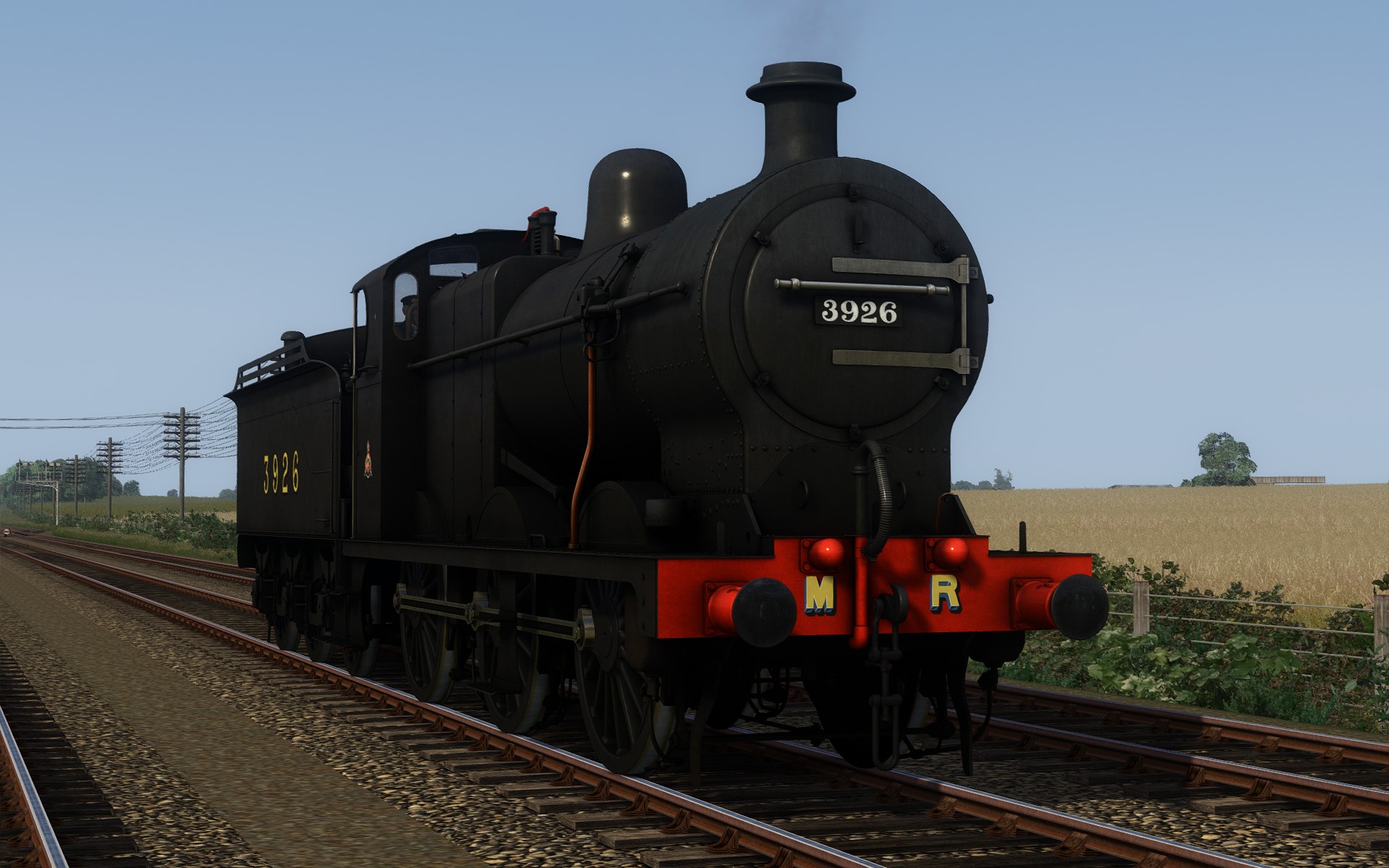
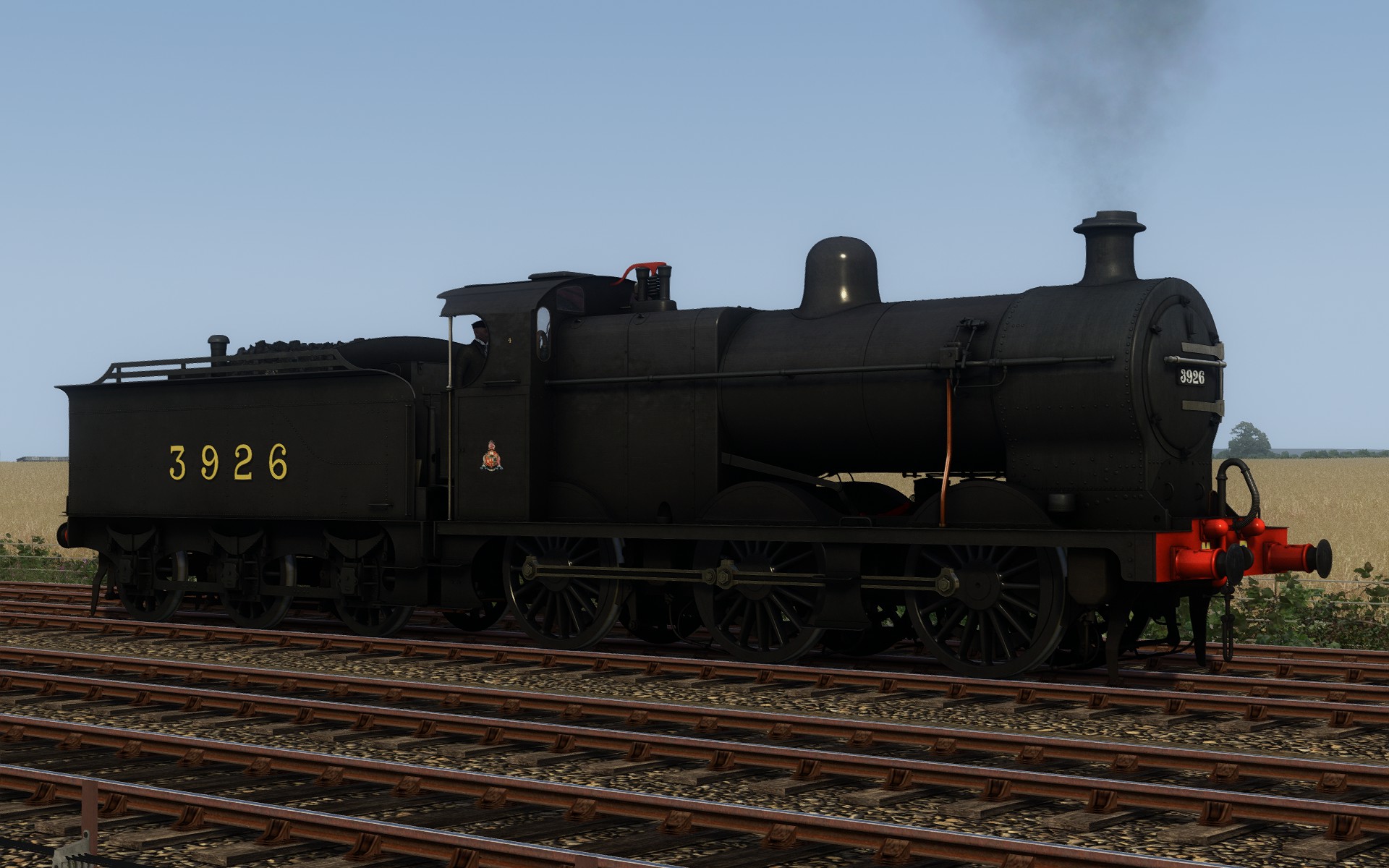
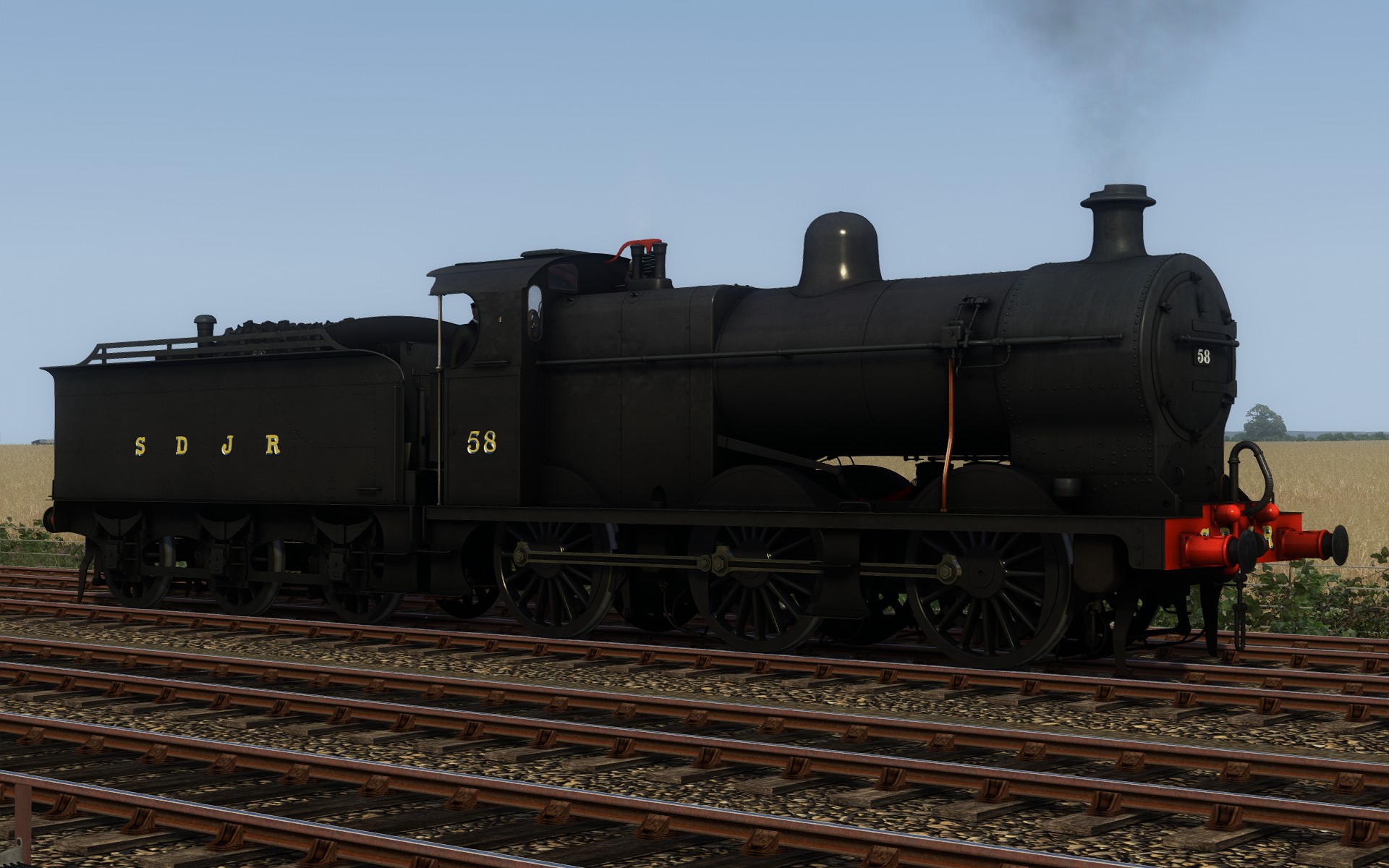
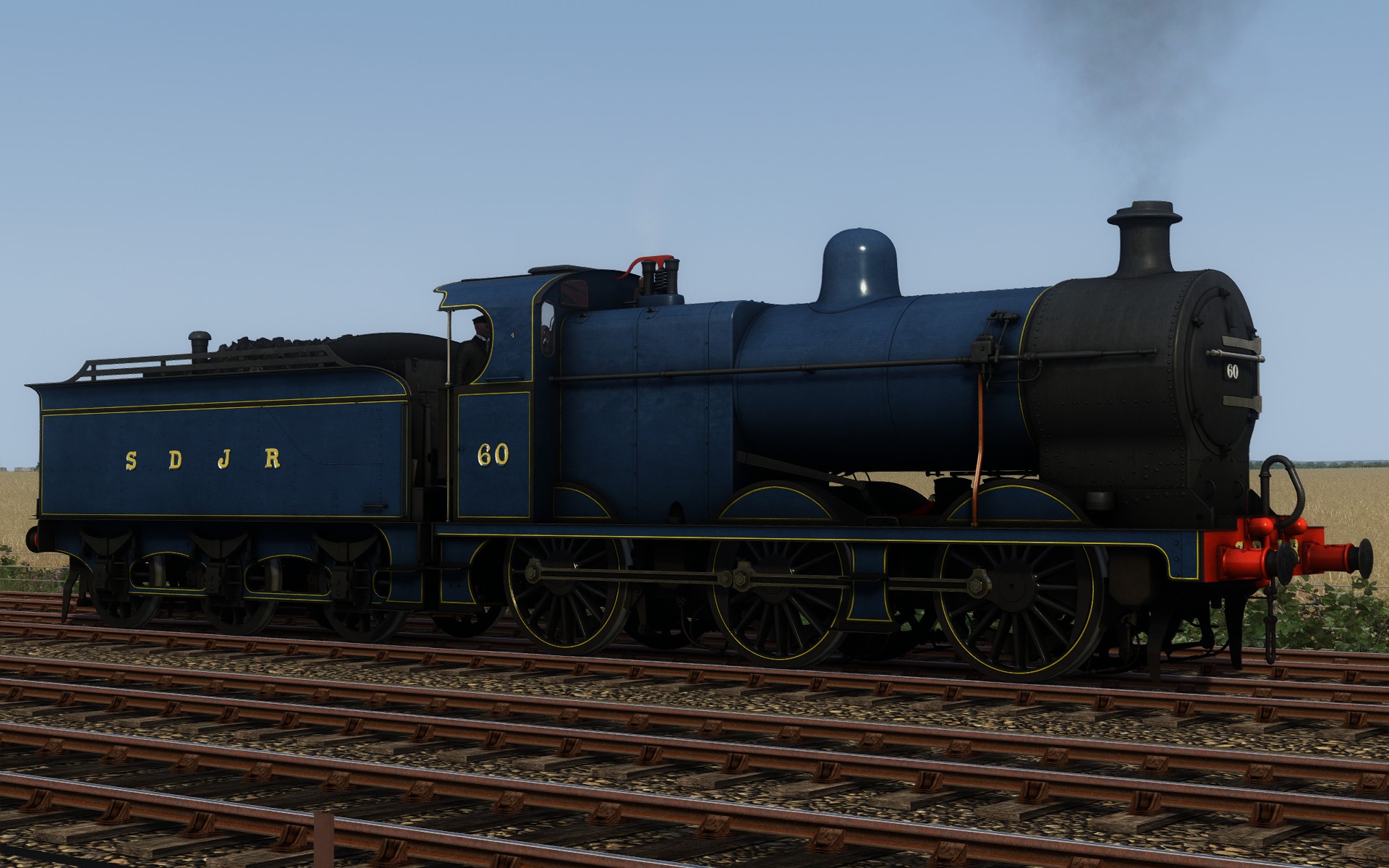
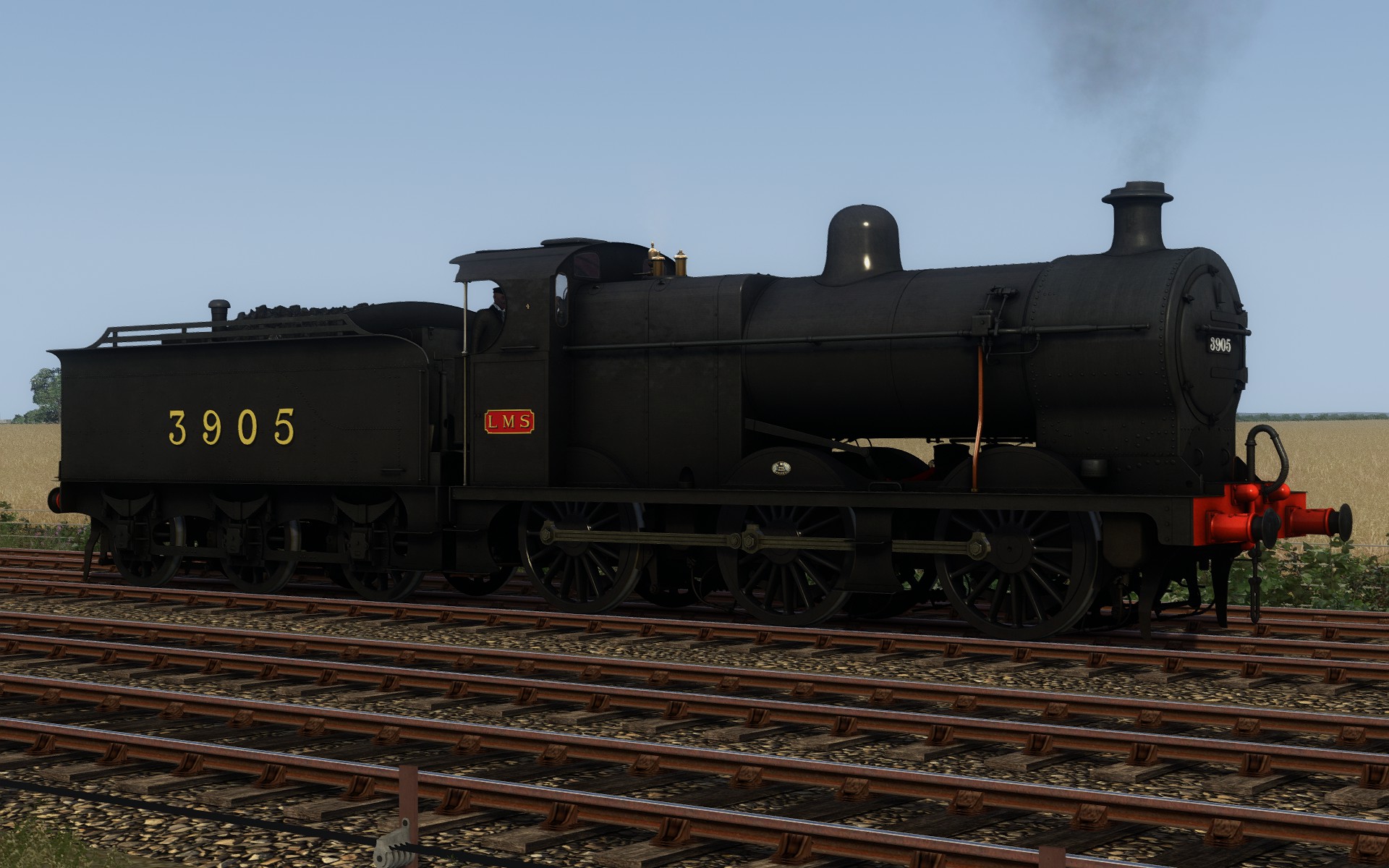
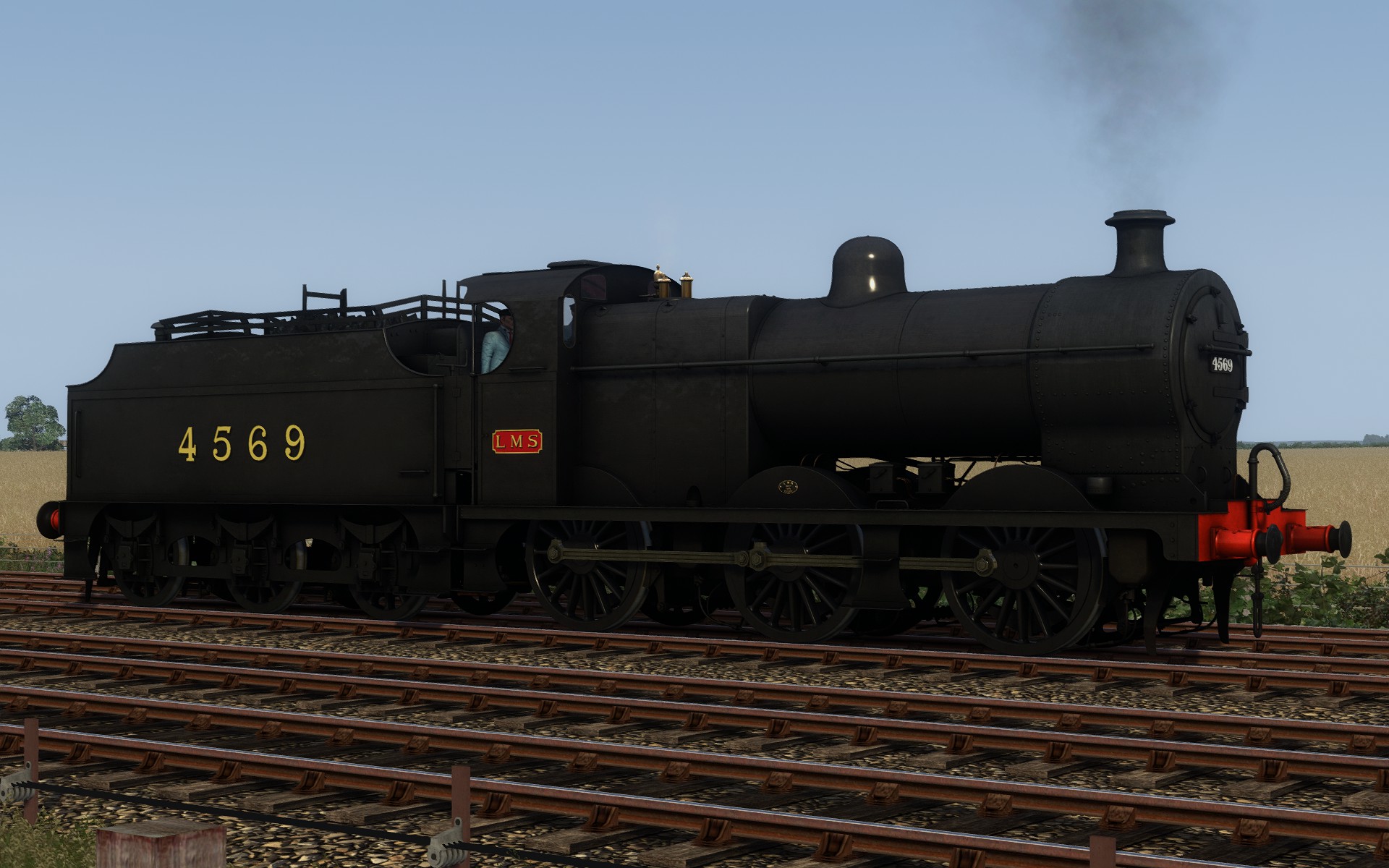
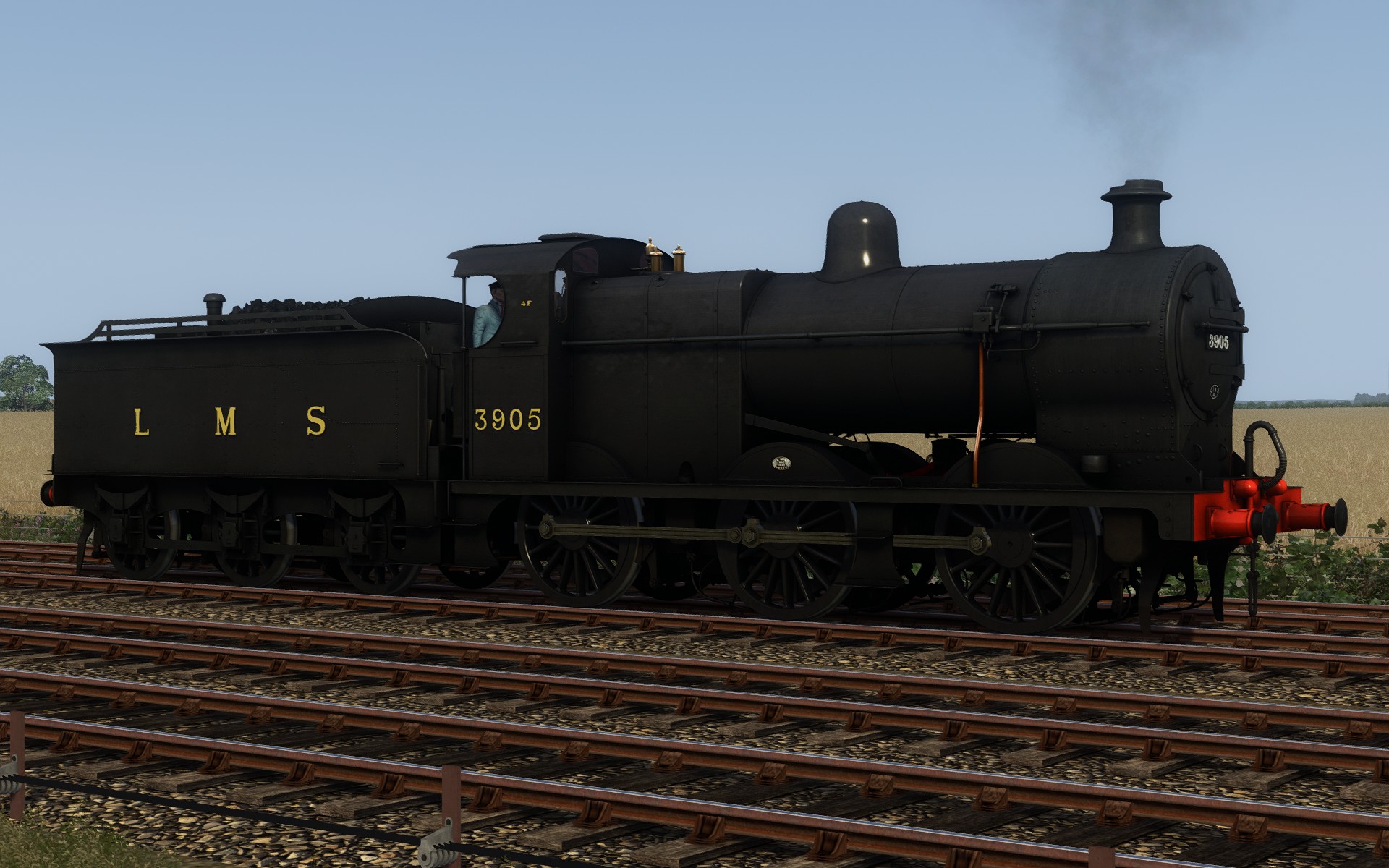
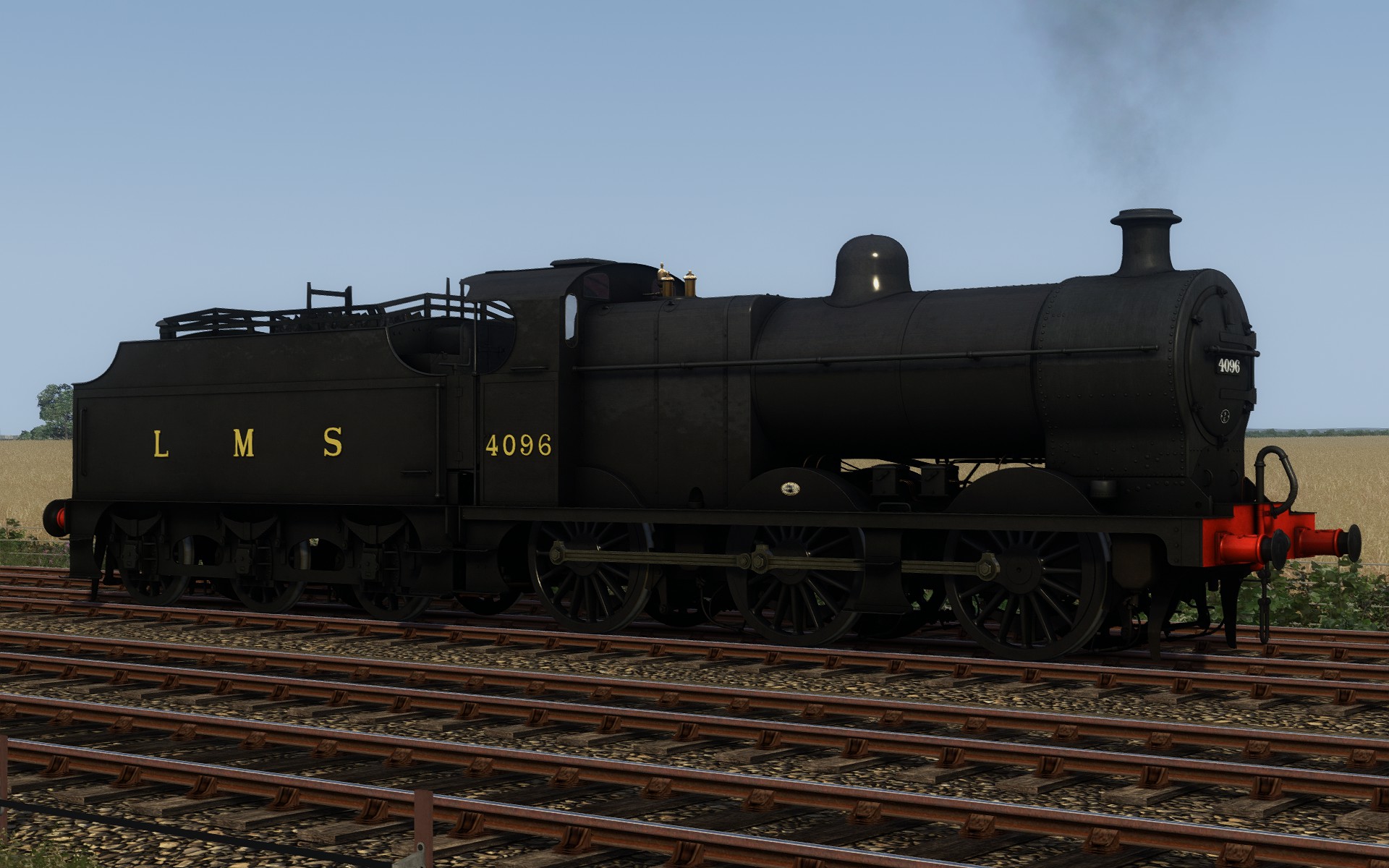
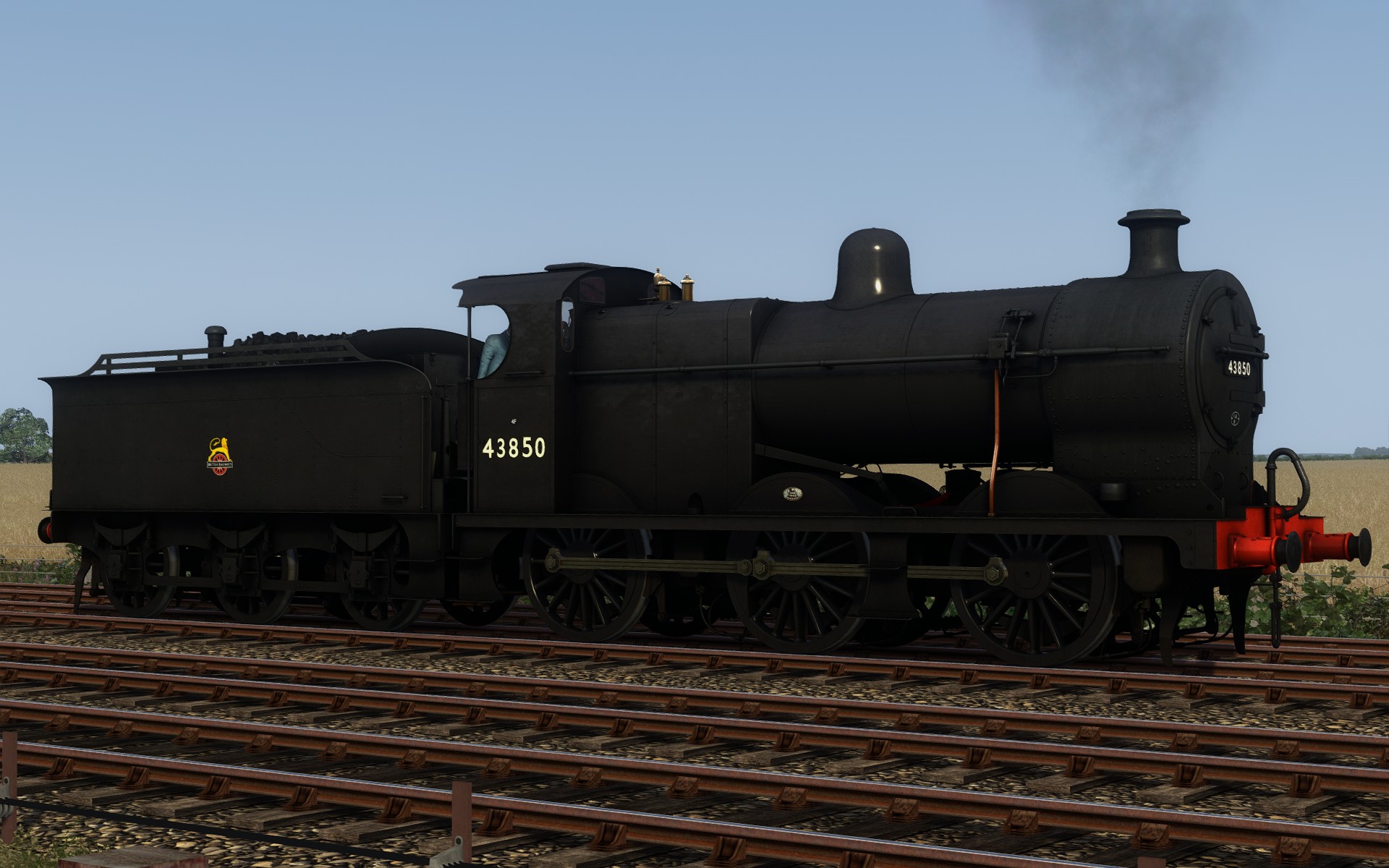
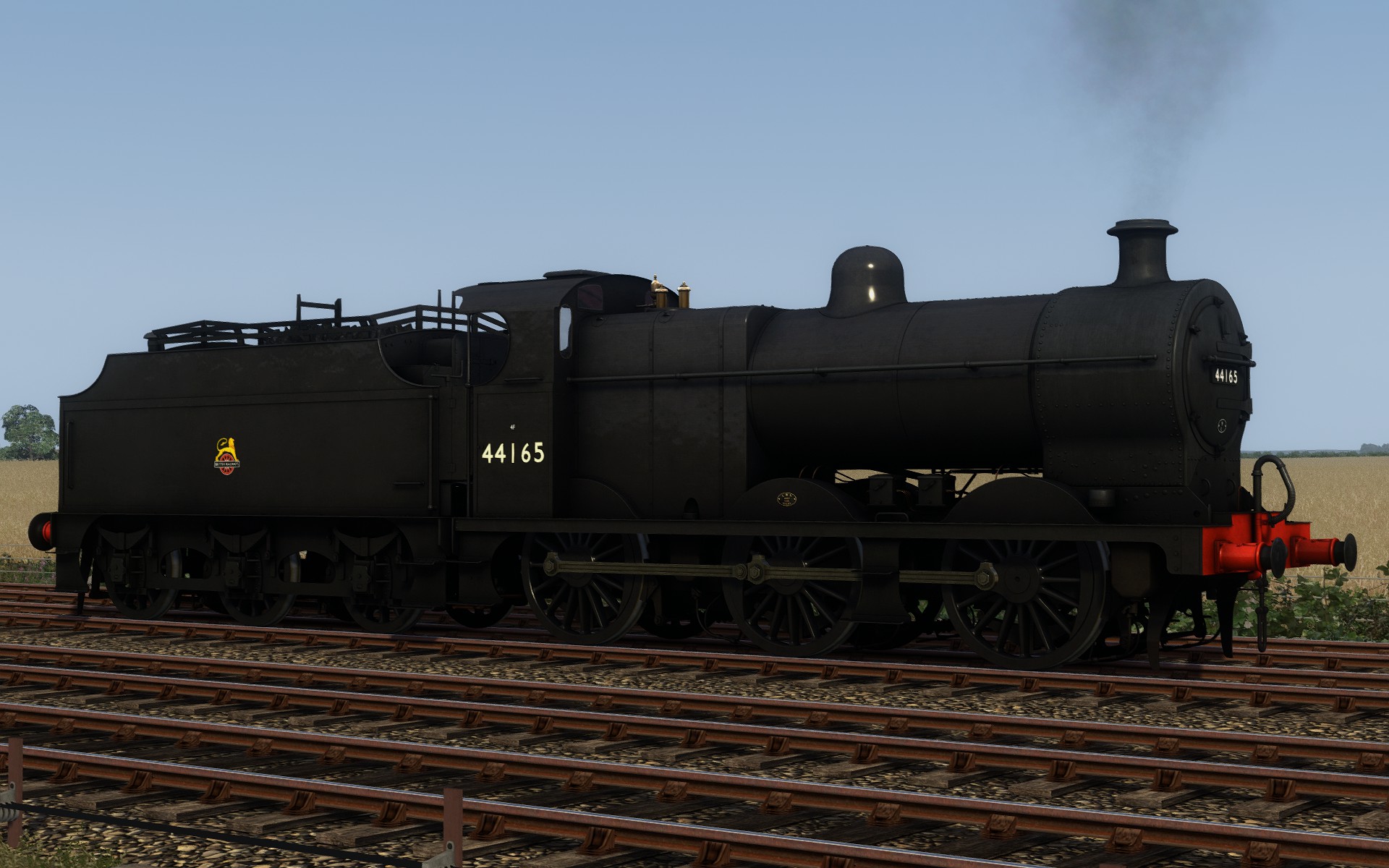
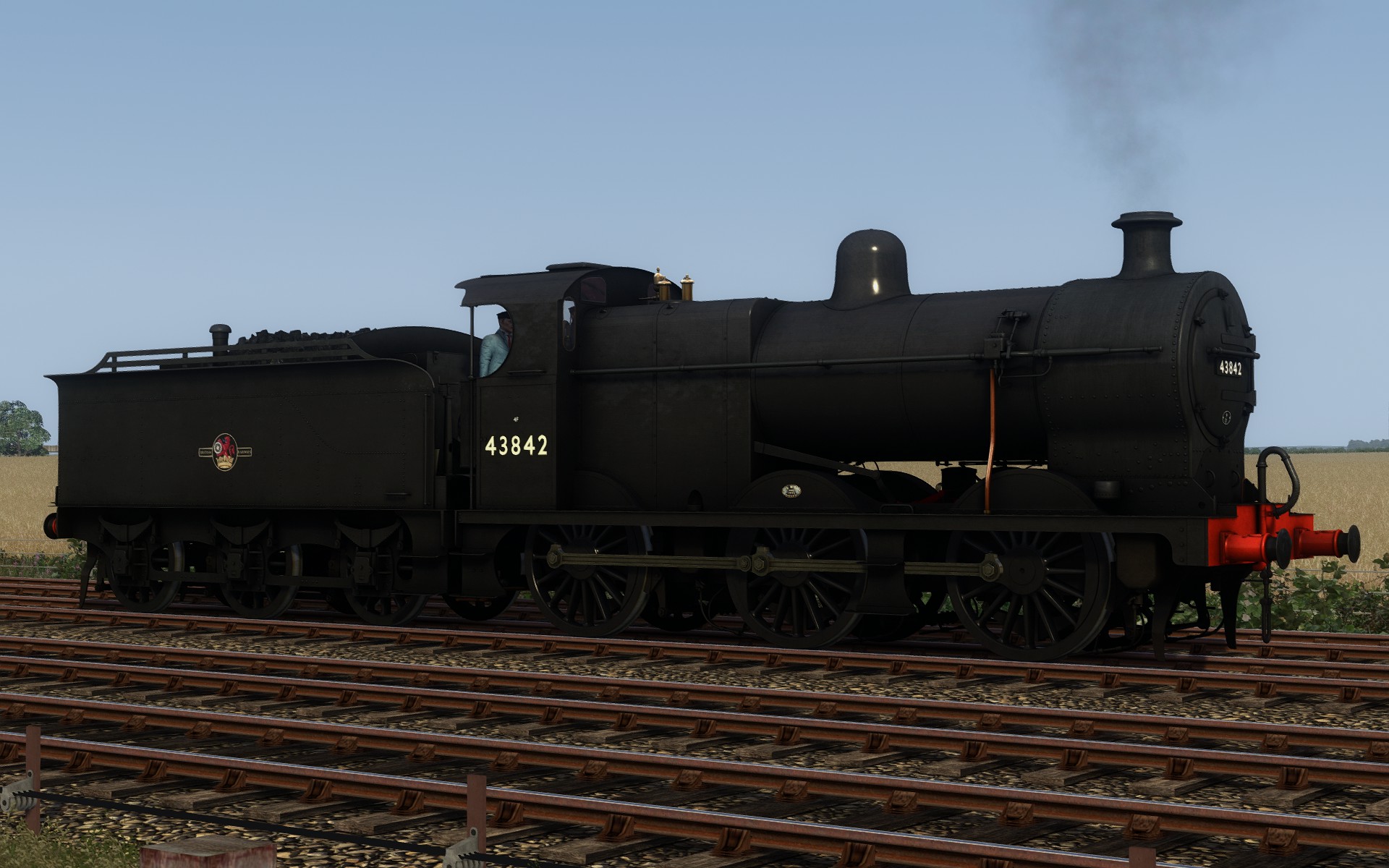
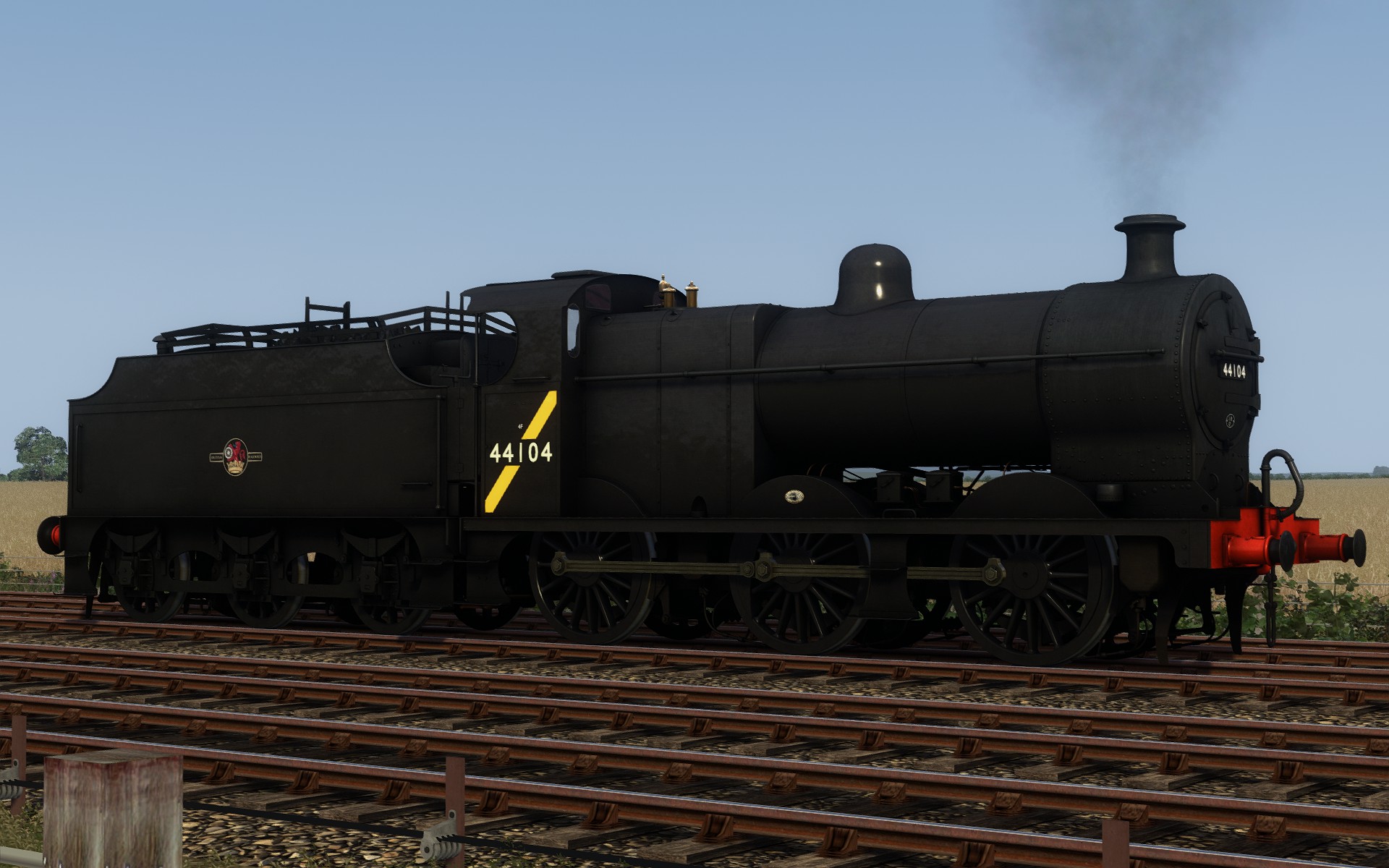
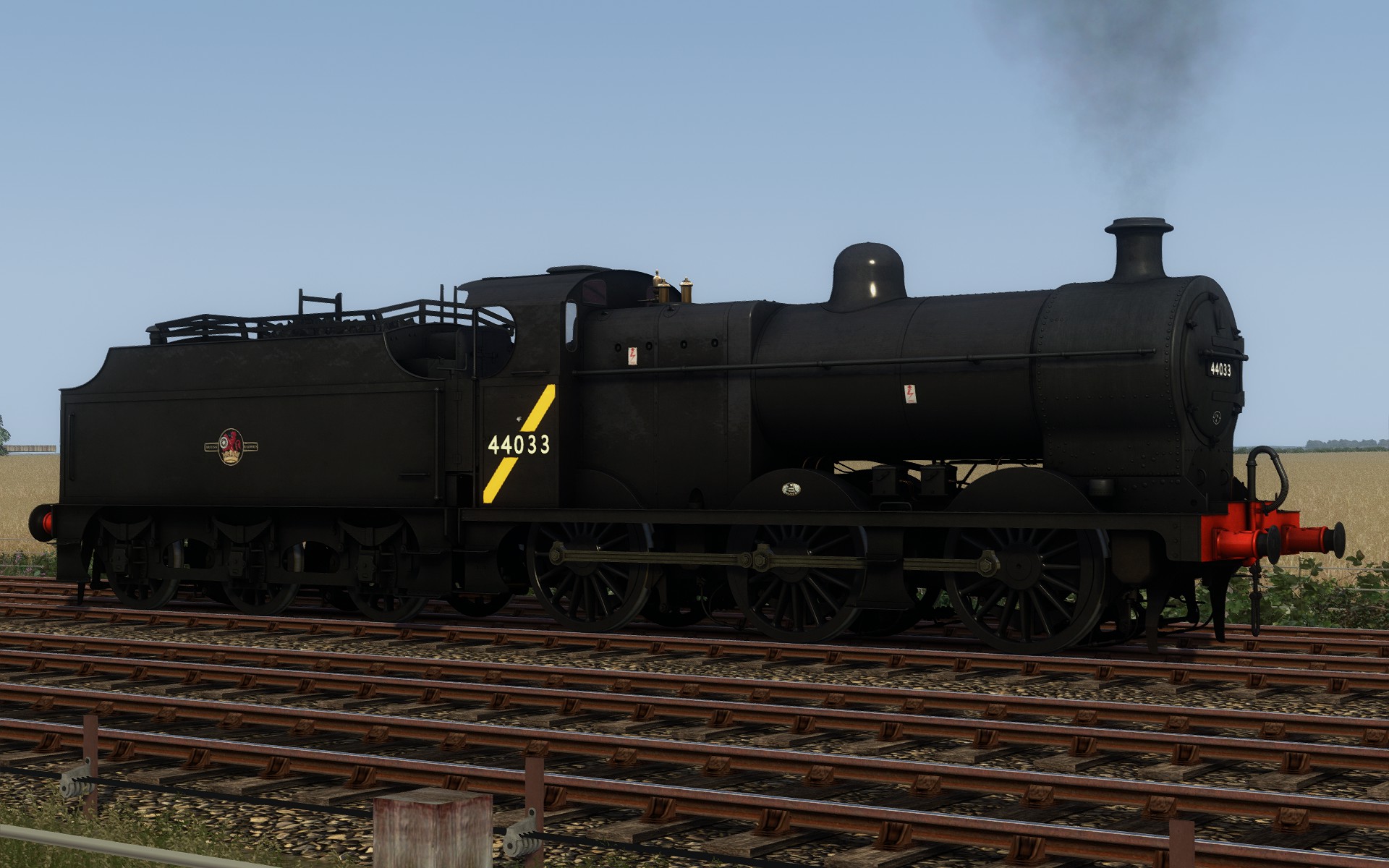
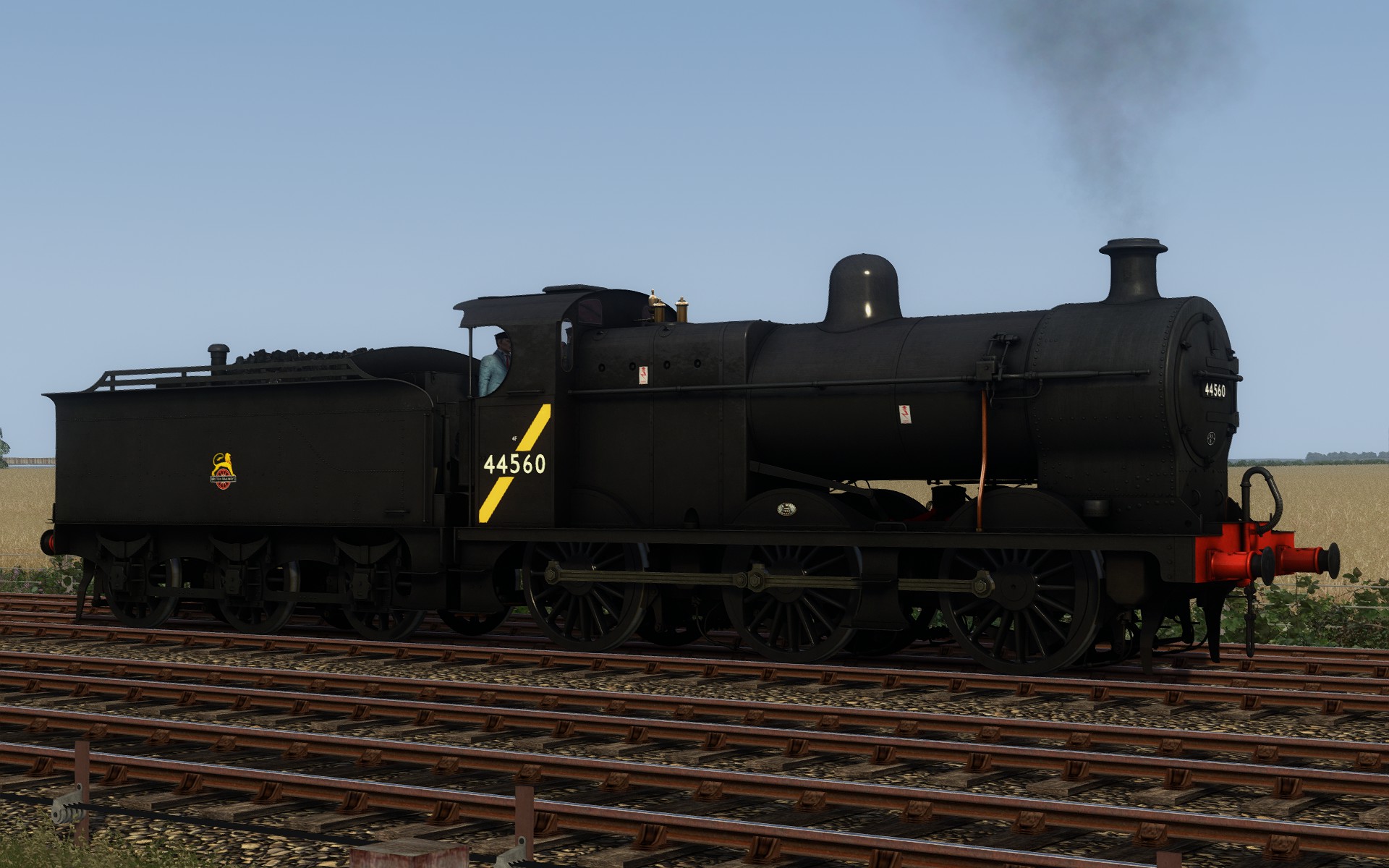
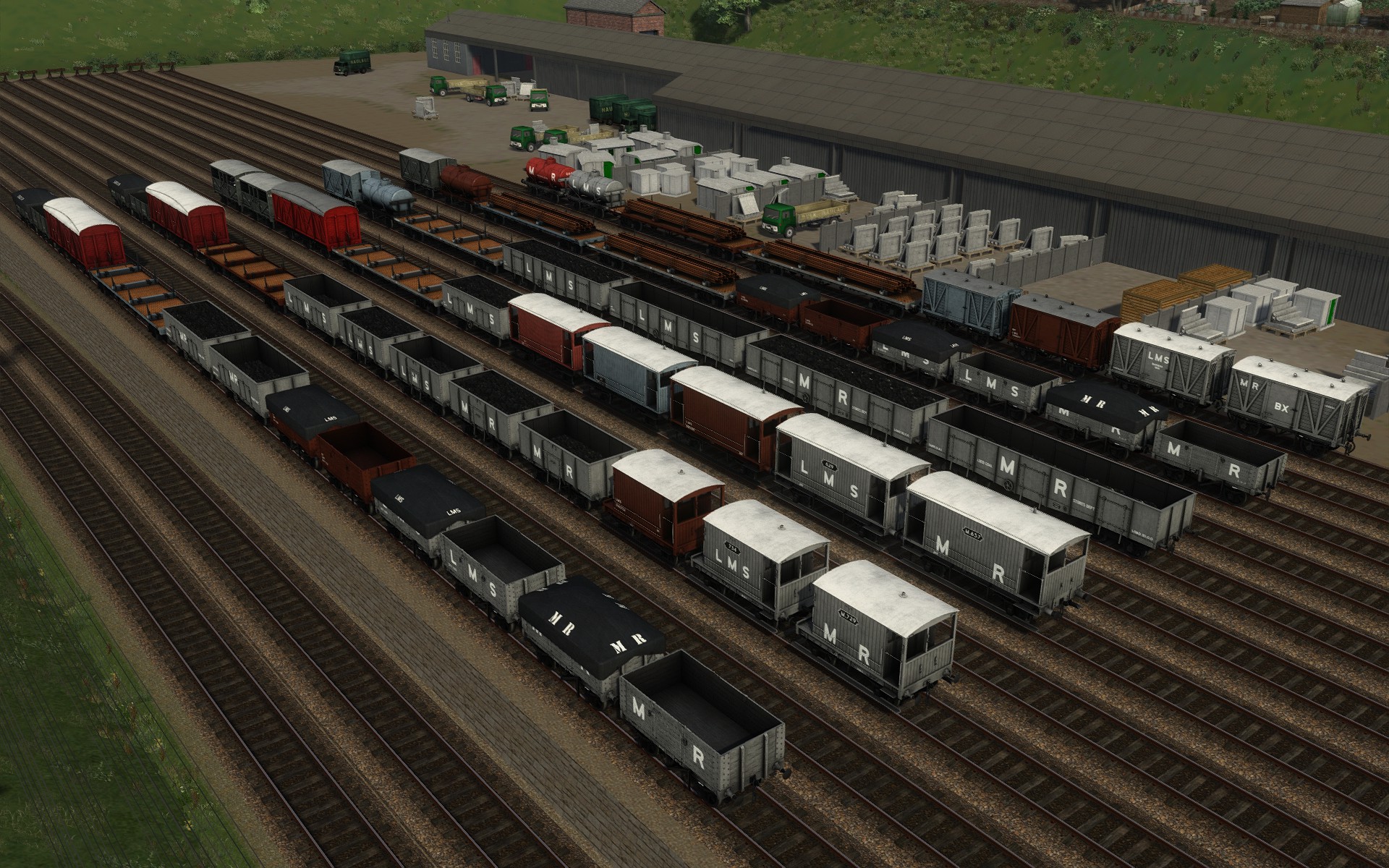
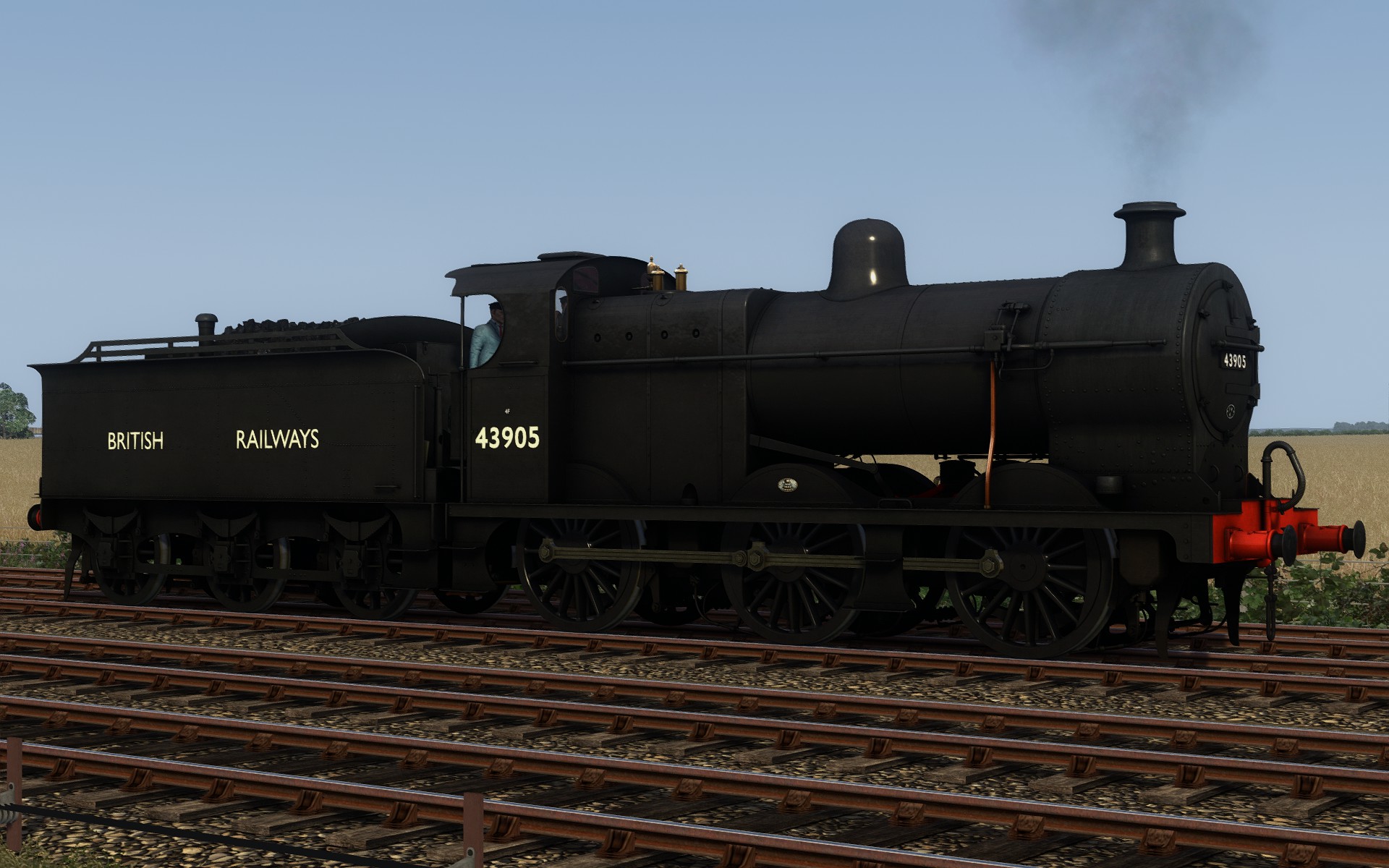
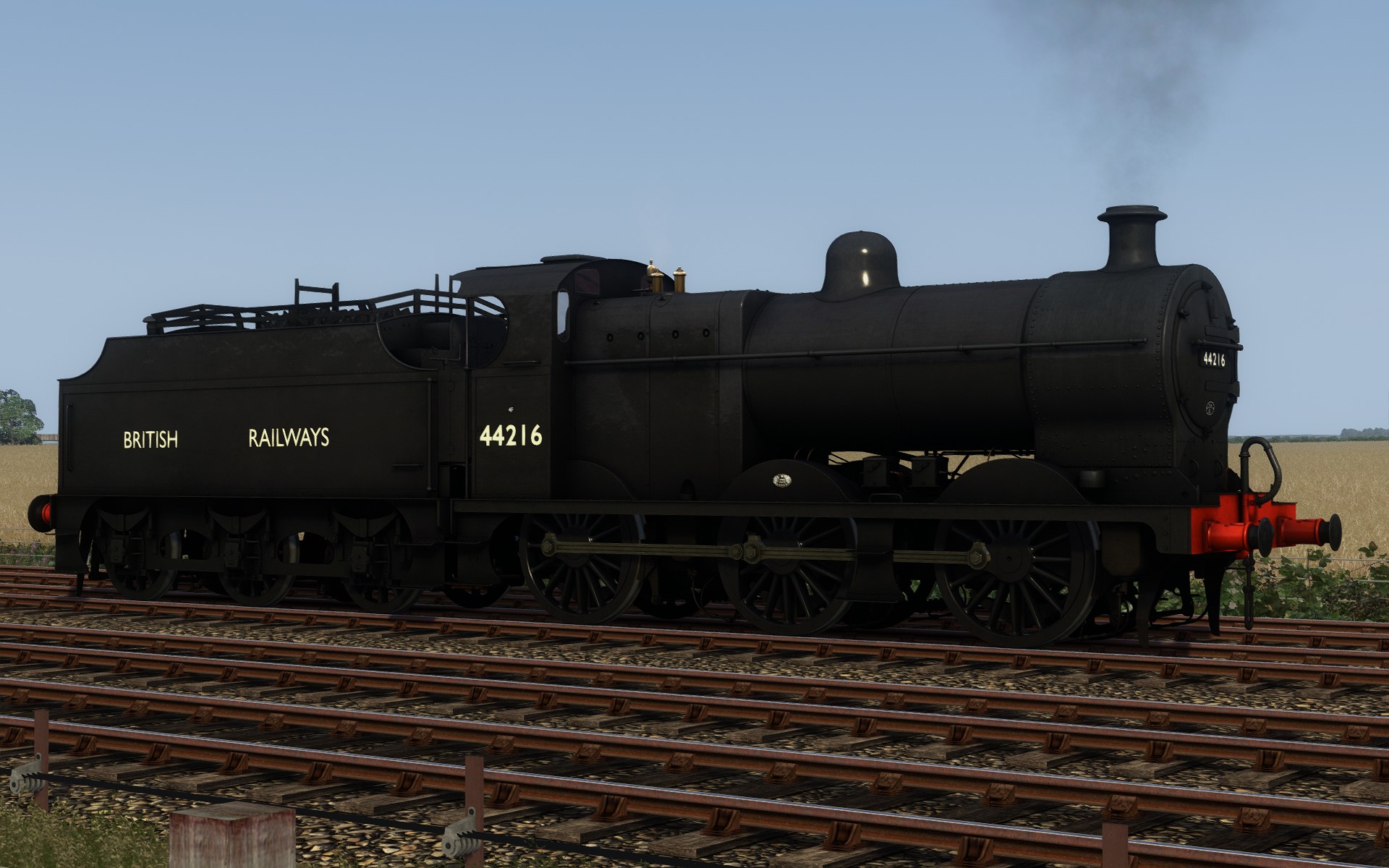
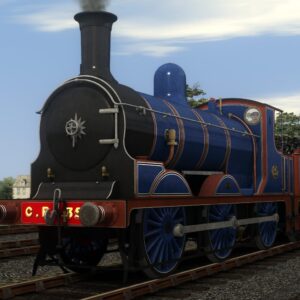
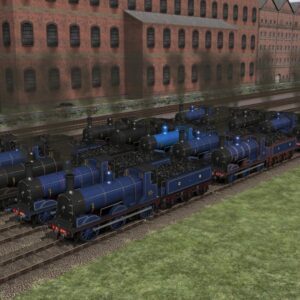
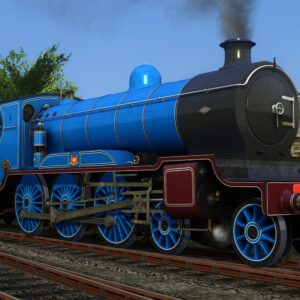
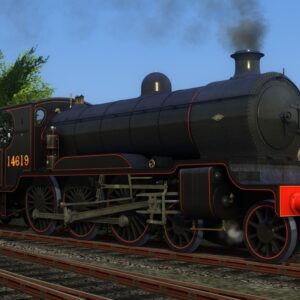
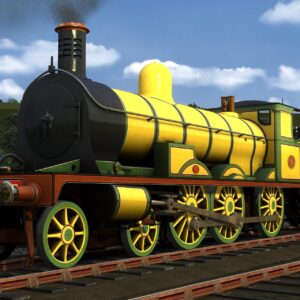
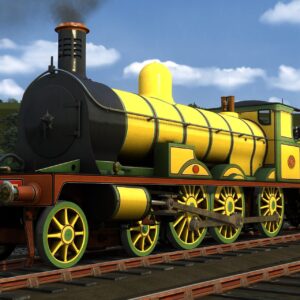
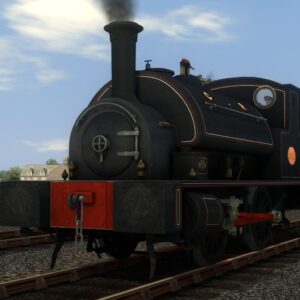
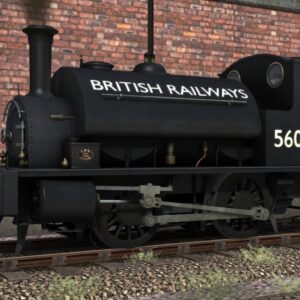
Reviews
There are no reviews yet.